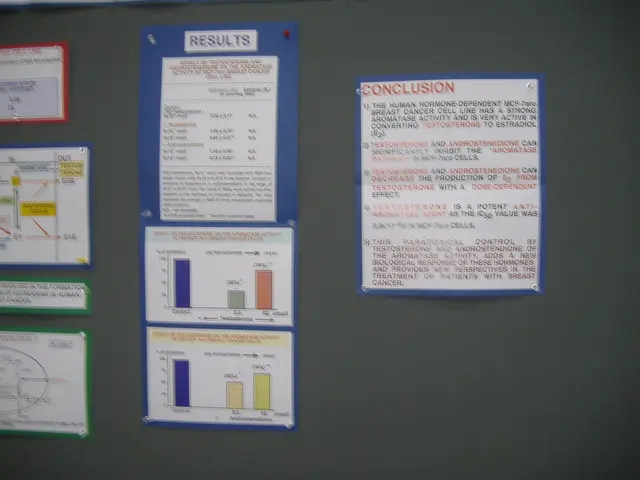Social Security's insolvency could occur earlier than the earlier projection, due to the revised taxation policies.
Social Security Insolvency Accelerated by Recent Tax and Spending Package
The recently enacted "One Big Beautiful Bill Act" (OBBBA) has accelerated the insolvency date of Social Security's trust funds, moving it from 2034 to 2032. This means that policymakers have less time to stabilize the program’s finances before benefits face automatic cuts due to trust fund exhaustion.
According to the Social Security Chief Actuary, the OBBBA will increase net costs to the Old-Age and Survivors Insurance (OASI) and Disability Insurance (DI) trust funds by approximately $168.6 billion over the next decade. The legislation permanently lowers income tax rates and temporarily raises certain deductions, which reduces the taxation of Social Security benefits and, in turn, reduces the inflows to the trust funds.
As a result, the trust fund depletion date has been moved forward by about 1.5 to 2 years. The 2025 Trustees Report baseline estimated insolvency in the third quarter of 2034, but now depletion is expected as soon as late 2032 or early 2034, depending on the analysis.
When the trust funds are exhausted, benefit payments will be automatically cut by about 24%, posing significant cuts for retirees. For a single-income couple at the same income tier, the annual benefit cut would be $13,600. For dual-income couples, the cuts would be more substantial: for a medium household income, the cut would amount to an $18,100 annual reduction in benefits. High-income households would face even steeper cuts, with a dual-income couple facing a reduction of $24,000 a year, while a single-income couple would have benefits fall by $18,000 for the year. Lower-income households would also be affected, with a dual- and low-income couple seeing an $11,000 annual benefit cut, while a single-income couple would see benefits decline by $8,200 over the year.
The two main trust funds are the Old-Age and Survivors Insurance (OASI) and the Disability Insurance (DI) trust funds, often combined as OASDI for analysis. Over time, benefit cuts will deepen as the growth in Social Security's expenses continues to outpace incoming revenues, with the benefit cut projected to rise to well over 30% by 2099.
The Committee for a Responsible Federal Budget (CRFB) urges policymakers to address the program's finances and to pursue trust fund solutions to head off insolvency and improve the program for current and future generations. Beneficiaries are at risk of automatic benefit cuts if Congress and the White House fail to address the program's finances.
[1] Social Security Administration. (2022). OASDI Trustees Report, 2025. [2] Committee for a Responsible Federal Budget. (2022). Social Security Insolvency Moves Closer. [3] Urban Institute. (2022). The One Big Beautiful Bill Act Would Accelerate Social Security's Insolvency. [4] Joint Committee on Taxation. (2021). Estimated Revenue Effects of the One Big Beautiful Bill Act. [5] Congressional Budget Office. (2021). Estimated Budget Effects of the One Big Beautiful Bill Act.
- The recently enacted "One Big Beautiful Bill Act" (OBBBA) has increased net costs to the Social Security's Old-Age and Survivors Insurance (OASI) and Disability Insurance (DI) trust funds, making the program's insolvency date move from 2034 to 2032.
- The legislation lowered income tax rates and temporarily raised certain deductions, which led to a reduction in the taxation of Social Security benefits, consequently decreasing the inflows to the trust funds.
- As a result, the trust fund depletion date has been moved forward by about 1.5 to 2 years, with depletion expected between late 2032 and early 2034.
- When the trust funds are exhausted, benefit payments will be automatically cut by about 24%, posing significant cuts for retirees, leading to annual reductions ranging from $8,200 for single-income couples to $24,000 for high-income dual-income couples.
- The Committee for a Responsible Federal Budget (CRFB) urges policymakers to address the program's finances, pursue trust fund solutions, and improve Social Security for current and future generations, as beneficiaries are at risk of automatic benefit cuts if the program's finances are not addressed.




